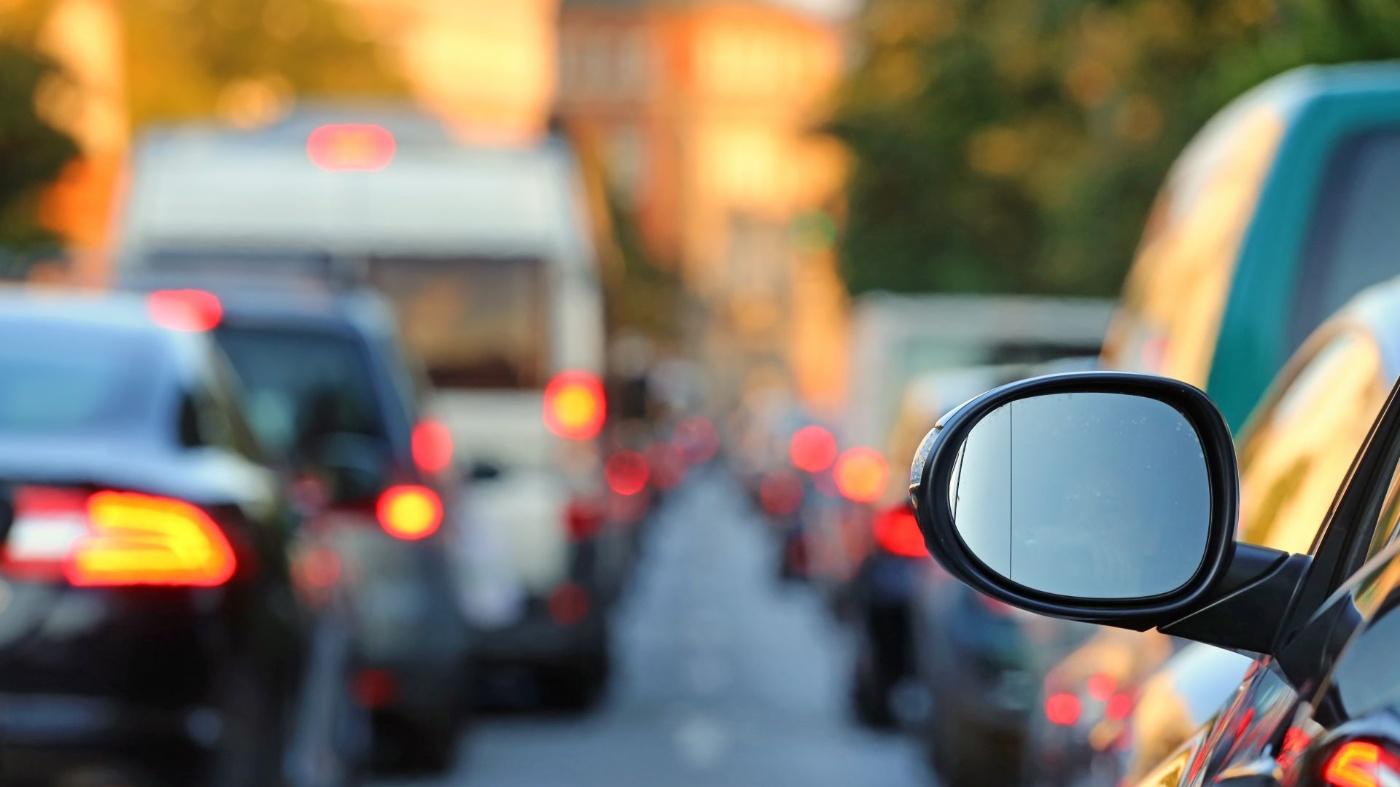
Safety
Last-second warning
A good 17% of traffic accidents with injuries and fatalities are caused by rear-end collisions. As of 2024, the so-called emergency brake light will be mandatory on all newly registered cars. It automatically springs into action when the driver brakes abruptly, and is meant to reduce the number of rear-end collisions.
A good 17% of traffic accidents with injuries and fatalities are caused by rear-end collisions. As of 2024, the so-called emergency brake light will be mandatory on all newly registered cars. It automatically springs into action when the driver brakes abruptly, and is meant to reduce the number of rear-end collisions.
- Topics
- Innovations
- Safety
- Emergency brake light
The emergency brake light
Since the end of 2019, EU Regulation 2019/2144 ("Regulation on the type-approval requirements for motor vehicles and their trailers, and systems, components and separate technical units intended for such vehicles as regards their general safety and the protection of vehicle occupants and vulnerable road users") has been in force. Beginning on July 6, 2022, it will apply to all new car models in the EU. As of July 7, 2024, the systems specified in the regulation will be standard issue for all newly registered passenger cars. The new mandatory assistants also include the emergency brake light.
An emergency brake light is an assistance system that indicates to the road users behind the vehicle that the vehicle is braking at a strong deceleration rate for the given road conditions. When a driver brakes hard, the brake lights flash more visibly than usual so that other car drivers behind are warned and can react earlier.
How the emergency brake light works
The emergency brake light indicates that the vehicle is rapidly decelerating by flashing the brake light in rapid succession. This occurs at a steady deceleration of over six meters per second squared and at a speed of over 50 kilometers per hour. It is also activated for as long as the anti-lock braking system (ABS), which has been mandatory in vehicles for a long time, is in operation. Once the vehicle comes to a full stop, the hazard warning lights are switched on so as to continue to warn following traffic.
Shortened braking distance by reducing the reaction time
The emergency brake light is above all helpful in preventing and reducing the risk of rear-end collisions, which in Germany result in fatalities and injuries 17% of the time.
Studies show that the use of flashing brake lights (instead of conventional brake lights) in emergency braking situations shortens the braking reactions of drivers by up to 0.2 seconds on average. At a speed of 80 kilometers per hour, the stopping distance is thus shortened by around 4.40 meters, and at a speed of 100 kilometers per hour, by around 5.50 meters.
This shows that emergency brake lights are an effective safety function for reducing the risk of rear-end collisions.